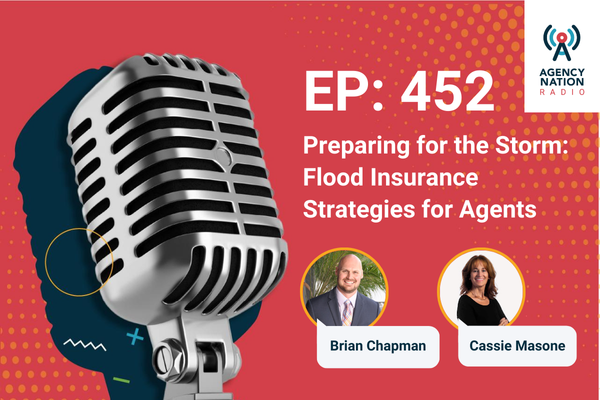7 Big ‘I’ Resources to Make the Most Of Your Website and Online Presence
Maintaining, improving and enhancing your website can feel like a full-time job for independent agents, who already wear many hats in their businesses. That’s why the Big “I” has an array of resources to help.








